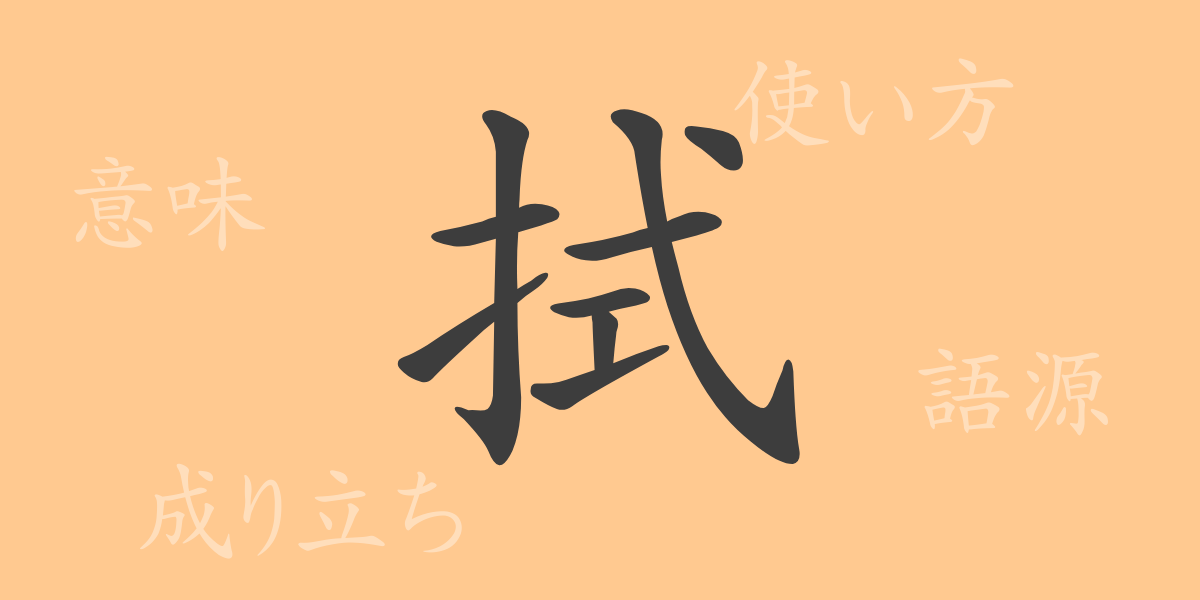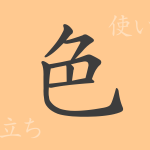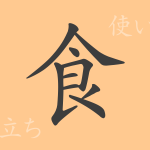The richness of Japanese script culture is deeply embedded in daily life, with common kanji playing integral roles. One such character is ‘拭’ (ふく), which is deeply rooted in Japanese culture. This article delves into the origins, meanings, and usages of ‘拭’, as well as related idioms and phrases, providing insights into the depth of this character in the Japanese language.
Origins of 拭 (ふく)
The kanji ‘拭’ combines ‘扌’ (てへん, hand radical) with the verb ‘式’ (しき), originally representing the action of wiping something clean by hand. This type of character, where form and meaning interconnect, is known as a phono-semantic compound. ‘拭’ is a quintessential example of this, illustrating its use in depicting the action of cleaning or wiping.
Meaning and Usage of 拭
‘拭’ carries meanings like ‘to wipe’ or ‘to rub off’, commonly used in contexts where cleaning or wiping something clean is required, such as wiping a table or wiping away tears or sweat. In Japanese, it is often used as a verb in phrases like ‘テーブルを拭く’ (wipe the table) or ‘汗を拭う’ (wipe sweat).
Readings, Stroke Count, and Radical of 拭
Understanding the readings and structural elements of ‘拭’ provides deeper insights into its use and significance:
- Readings: On’yomi (おんよみ) ‘ショク’, Kun’yomi (くんよみ) ‘ふく’, ‘ぬぐう’
- Stroke Count: 11 strokes
- Radical: 扌 (hand radical)
Idioms, Phrases, and Proverbs Using 拭 and Their Meanings
The kanji ‘拭’ appears in various Japanese idioms and phrases, each reflecting its multifaceted nature:
- 手を拭う (てをふく): To wash hands after finishing something, or to withdraw from an affair.
- 涙を拭う (なみだをふく): To overcome sadness or hardship.
- 汗を拭う (あせをふく): Literally to wipe off sweat after labor or exercise, metaphorically to soothe the results of hard work.
Conclusion on 拭
The kanji ‘拭’, presented in this article, signifies not just the act of physical cleaning, but also symbolizes emotional and behavioral shifts. This multifaceted character plays a significant role in everyday Japanese, imbued with deep historical and semantic significance. Understanding the meanings embedded in each kanji, like ‘拭’, can offer new perspectives on the richness of the Japanese language.

























